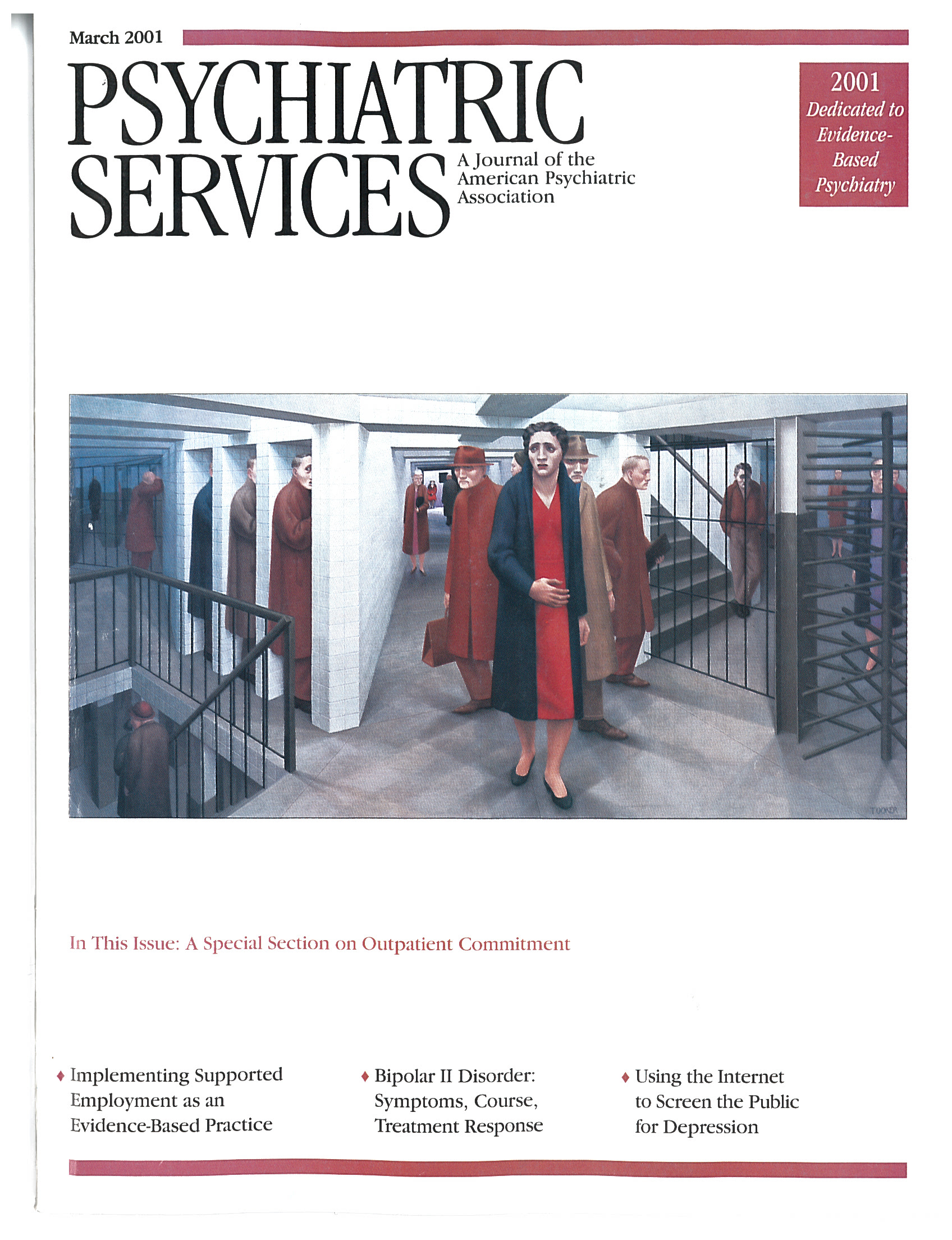Screening the Public for Depression Through the Internet
Abstract
OBJECTIVE: Despite increased public screening, many individuals with depression remain undetected or untreated. This study explored the performance of an Internet-based program in screening for depression. METHODS: The Centers for Epidemiological Studies Depression (CES-D) scale was adapted as an online screening test. The program advised persons whose score indicated a high probability of depression to seek treatment and asked them to complete a survey of attitudes and preferences that could be printed and taken to a health professional. Responses were collected anonymously for epidemiologic research. Demographic characteristics of participants were compared with those of the U.S. population and participants in previous community screenings. The costs of the program were calculated. RESULTS: The CES-D scale was completed 24,479 times during the eight-month study period. The respondents' median age category was 30 to 45 years, and almost 30 percent were male; 58 percent (N=14,185) screened positive for depression, and fewer than half of those had never been treated for depression. The proportion of younger individuals was larger than in previous public screenings, but was still lower than that in the U.S. population. Our sample contained a lower proportion of minorities than the U.S. population (16.6 percent versus 28.3 percent). Sunk costs totaled $9,000, and additional marginal costs to maintain the system totaled $3,750. CONCLUSIONS: The Internet provides a continuously available, inexpensive, easily maintained platform to anonymously screen a large number of individuals from a broad geographic area. However, older adults and minorities may visit screening sites less frequently than other populations.



